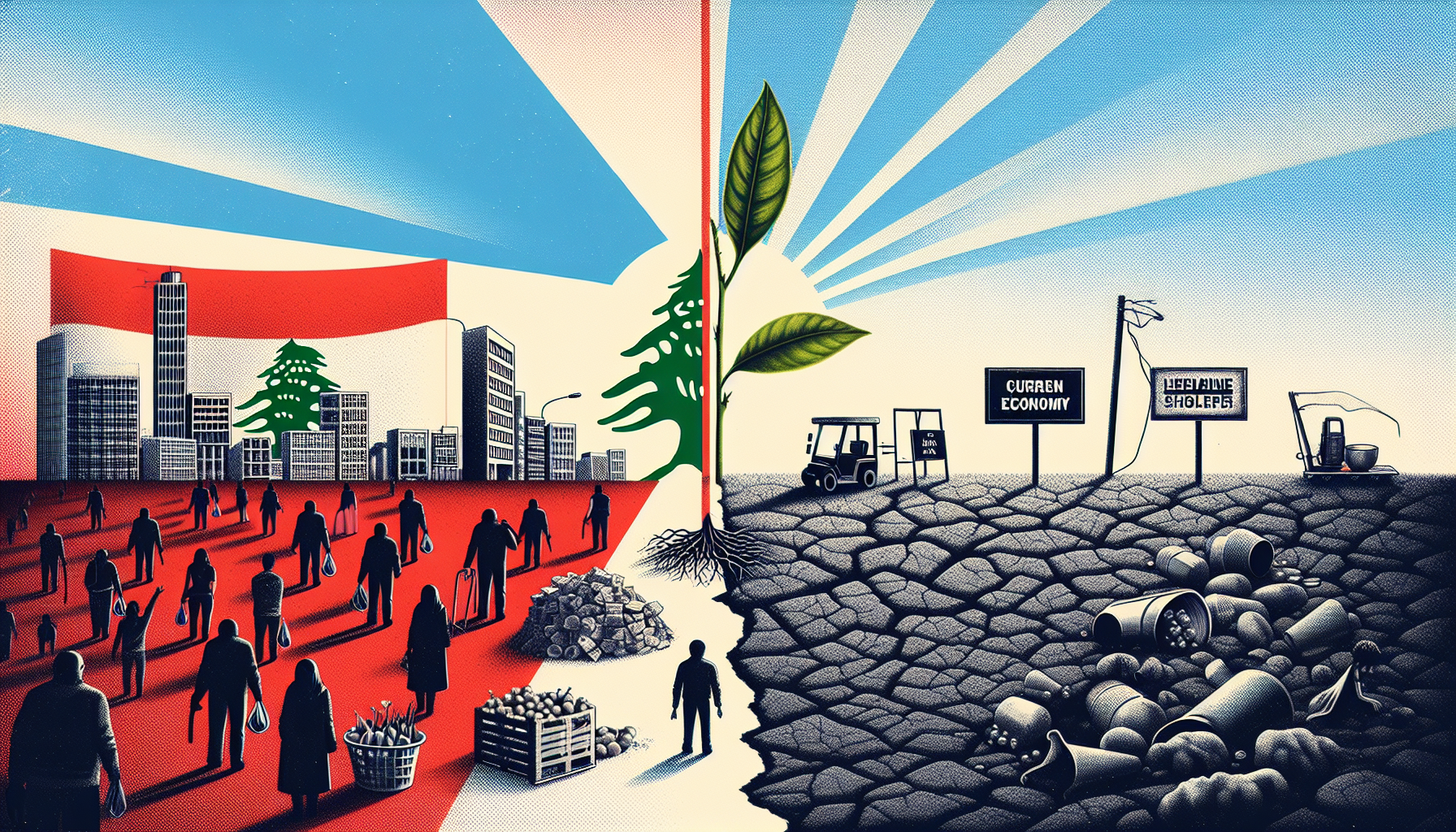Understanding the Current Tensions in Lebanon: A Comprehensive Overview
As the world turns its gaze towards the Middle East, the recent surge of conflict between Israel and Hezbollah in Lebanon has ignited headlines and heightened tensions in a region long embroiled in strife. In light of these recent events, this blog post aims to provide a comprehensive analysis of the ongoing situation, key players involved, and what it potentially means for the future of Lebanon and the broader region.
The Context of the Conflict
On October 3, 2024, reports surfaced of Israeli airstrikes targeting areas in South Lebanon, specifically aimed at routes designated for civilian evacuation. As areas were bombed amid orders for citizens to flee, the situation has rapidly evolved into a humanitarian crisis reminiscent of the devastating conflicts of the past.
Key Elements to Watch
- Evacuation Efforts: Al Jazeera reported pressing developments as Israel conducts repeated bombings of escape routes after issuing evacuation orders for dozens of towns. This raises critical questions about civilian safety and humanitarian access in conflict zones.
- Military Dynamics: Understanding the military capabilities of Iran, Israel, and Hezbollah is crucial in assessing the situation. Expert analyses highlight the balance of power in the region and the potential for escalation.
- International Reactions: Global leaders, including President Biden, are voicing their stances on the violence and its implications for international security, particularly with concerns regarding Iran’s involvement.
Analyzing the Military Capabilities
How Iran and Israel Stack Up Militarily
A comparative analysis of military capabilities reveals stark differences and implications for regional security. Iran’s missile capabilities juxtaposed with Israel’s advanced defense systems present a complex security landscape ripe for potential conflict escalation.
Historical Context: Hezbollah and Israel
The intricate history between Hezbollah and Israel serves as a backdrop to current tensions. A timeline of key moments leading to the eruption of hostilities reveals the longstanding animosities and political machinations that contribute to the conflict.
The Human Impact
In moments of dire conflict, the stories of ordinary people often get overshadowed. In Lebanon, the resilience of communities, such as those coming together to aid displaced families, showcases the human spirit amidst despair. Understanding the narratives of those affected by the violence is crucial for a holistic view of the situation.
Visual Insights: Tracking Developments
To better grasp the current dynamics, visual aids such as maps and charts can provide clarity on how recent events have unfolded. Notably, these tools can illustrate how geographical tactics play a role in both military strategies and humanitarian efforts.
Engaging with the Content: What You Can Do
As citizens of a global community, there are several ways to engage with this content to foster awareness and support:
- Stay Informed: Utilize reputable news sources to gain ongoing insights into the conflict.
- Support Humanitarian Efforts: Consider contributing to organizations providing relief to those displaced by conflict.
- Join the Discussion: Participate in forums or community discussions to voice perspectives and support dialogue on peacebuilding efforts.
Conclusion
The current situation in Lebanon is a stark reminder of the persisting conflicts that have shaped the Middle Eastern landscape. By understanding the intricate dynamics at play, we can better appreciate the complexities of the region and the pressing need for examination of the humanitarian dimensions involved.
